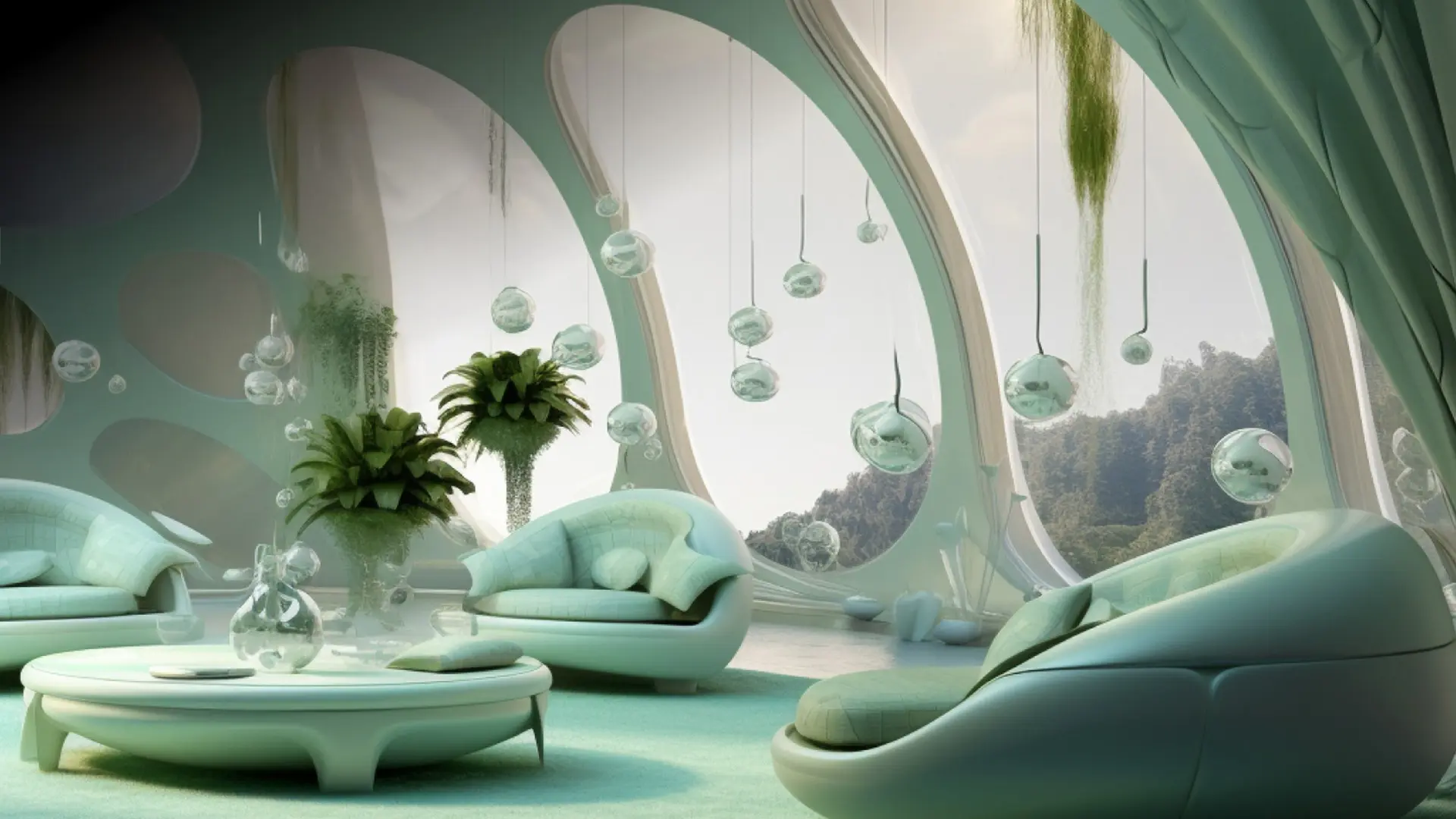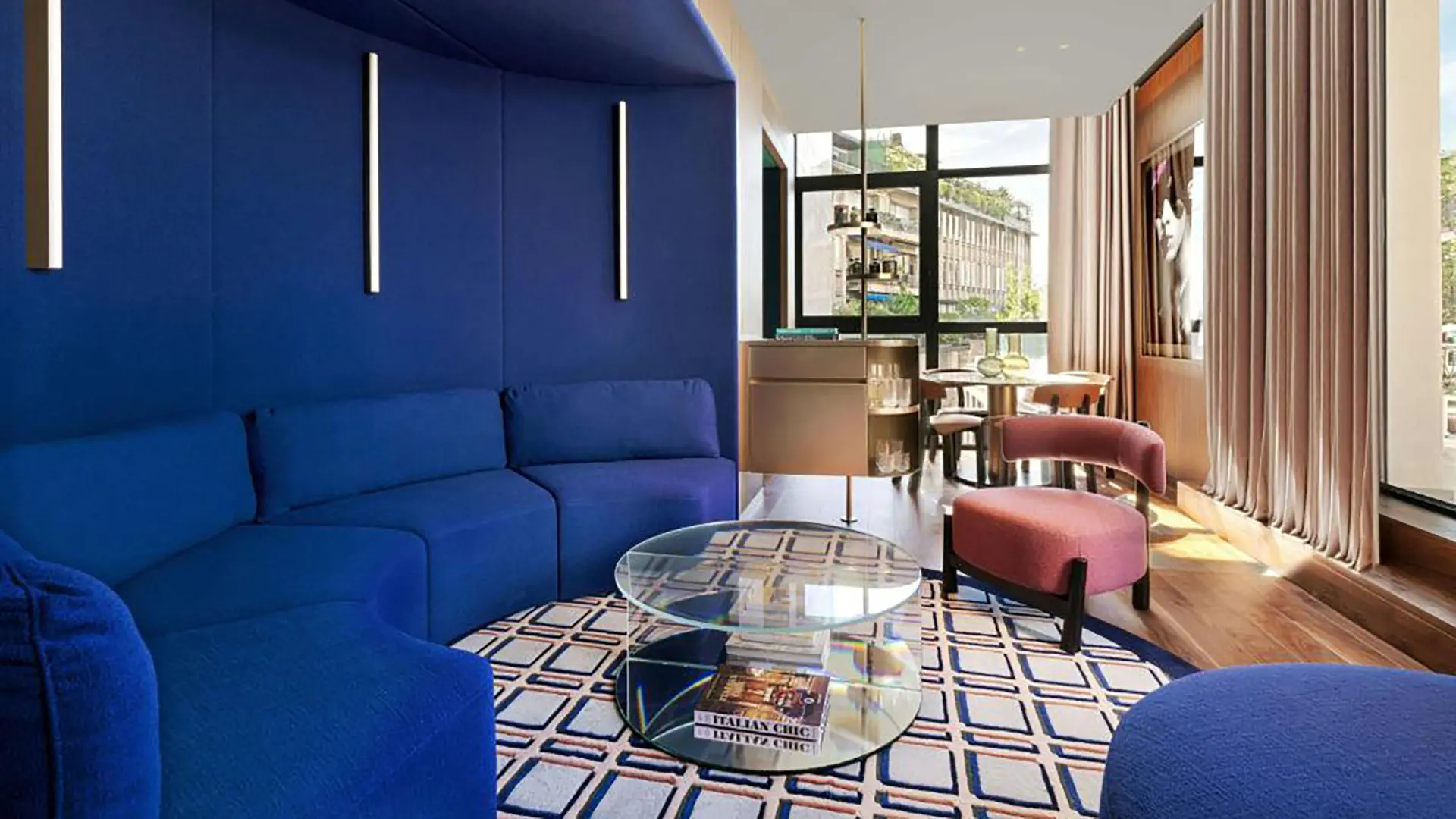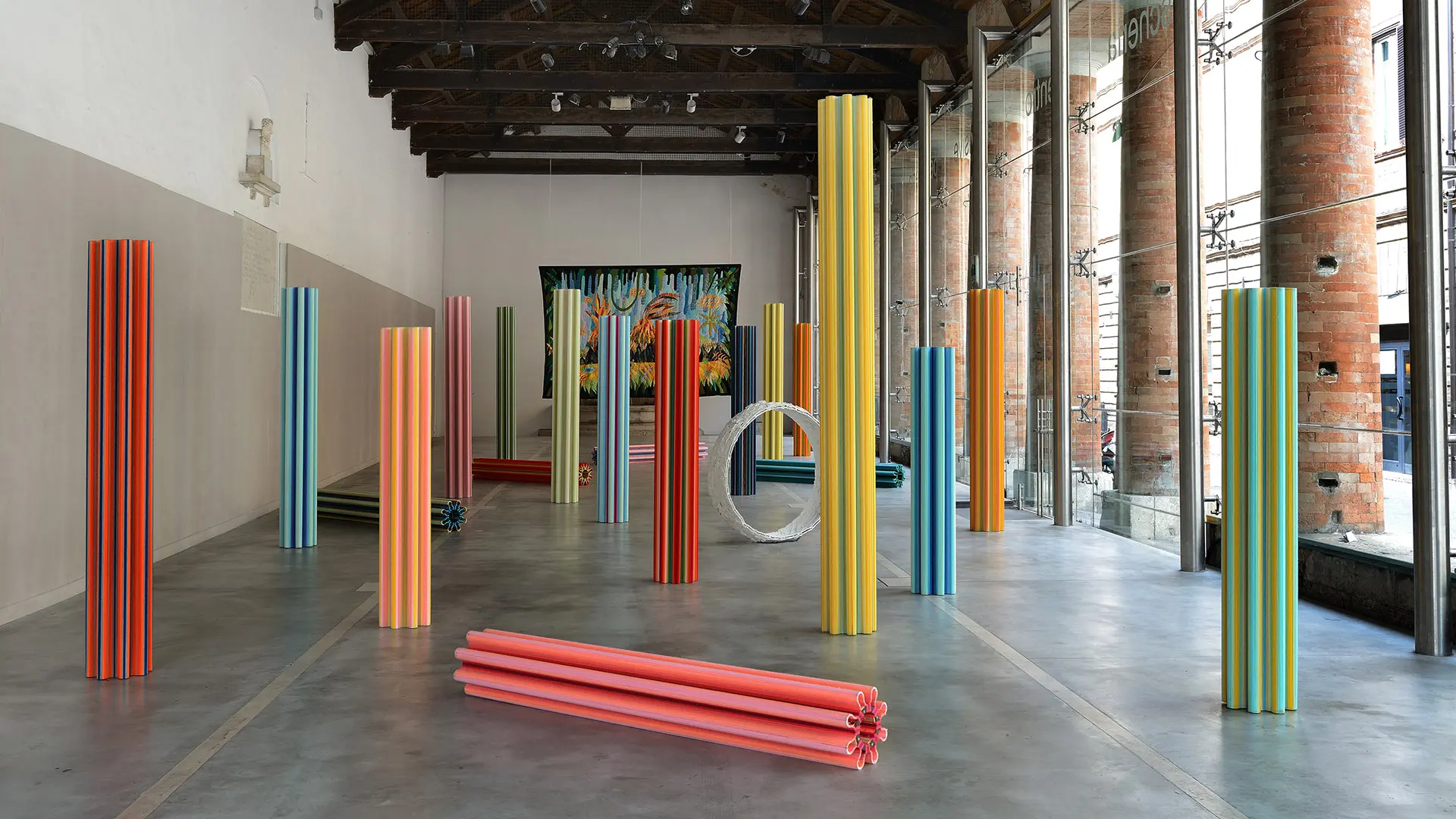From the Tokyo Design Awards, to the NY Product Design Awards & Architectural Design Awards, Best in Design, the NEB Trophy Design Competition, the Good Design Awards® and the Africa International Design Awards (AIDA), all the international news not to be missed in 2026


Italian magazine DDN selects nineteen chairs in the article “Sit Down, Please!”

“Designing something to sit on has always been one of the most interesting challenges in this industry. All designers, from novices to the most famous, have tried their hand at this category, ultimately creating some of the furniture world’s most famous and surprising pieces. Today, the parameters have changed considerably: categories are not nearly so well-defined, interiors intermingle with exteriors and homes with public spaces, and there is a far greater interest in comfort and the sustainability of materials. But what about luxury? That, too, dictates the seating design rules, often turning them on their head. To find out about the latest trends, check out our review...” – with seating from Poliform, Kartell, Rugiano, Baxter, Gaber, Riva 1920, Caimi, Mara, Natevo, Arte Brotto, Time & Style, Magis, Ton, Midj, Ceppi, Lema, De Padova, Varier, Egoitaliano (explore here ddn’s website)
Magazine: ddn – design diffusion news
Country: Italy
Article: “Sit down, please!”
Author: Laura Galimberti
Photo: Briscola chair, photo courtesy Natevo










